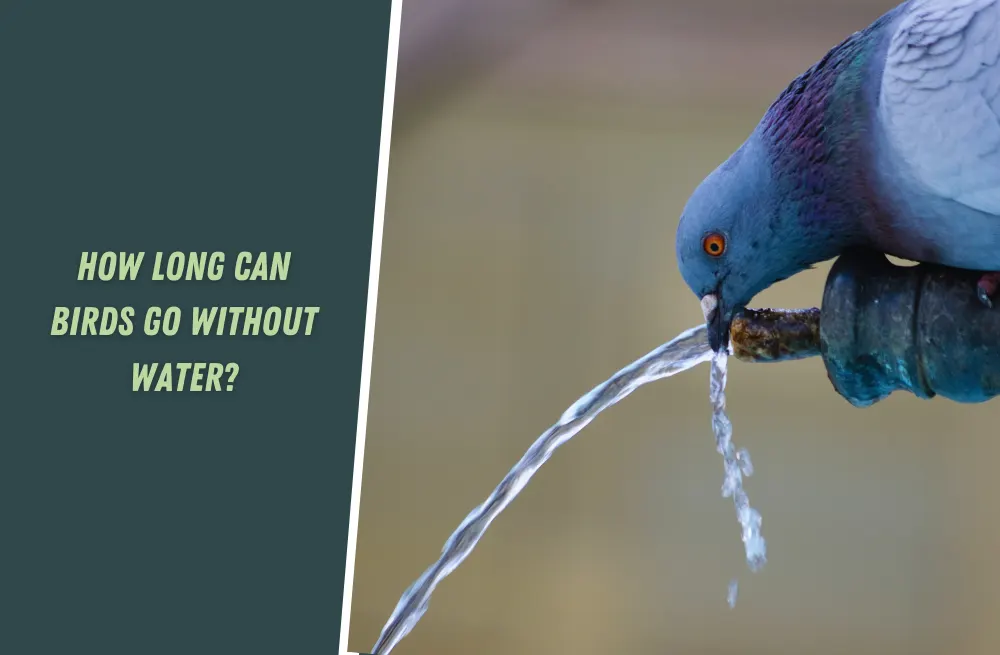Groundhogs, also known as woodchucks, are charming and intriguing creatures that can be found all over North America.
Despite their endearing qualities, groundhogs are often considered pests by gardeners and homeowners due to their burrowing behavior. One of the most frequently asked questions about groundhogs is related to their diet.
Here, we’ll provide you with answers to your questions and explore the diverse range of foods that groundhogs enjoy, including some unexpected options.
Some Facts About Groundhogs
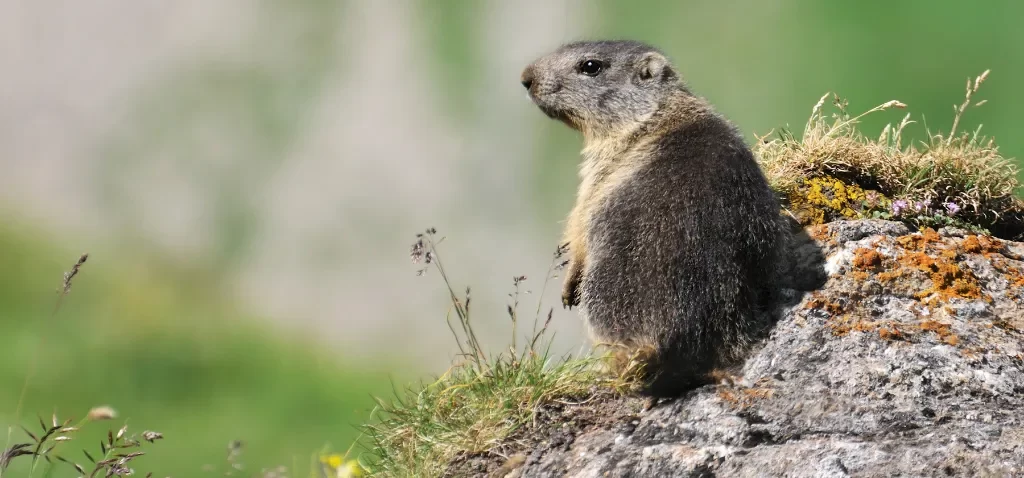
| Scientific Name: | Marmota monax |
| Family: | Sciuridae |
| Type: | Mammal |
| Order: | Rodentia |
| Temperament: | Solitary |
| Lifespan: | 3-6 years in the wild; up to 14 years in captivity |
| Size: | Head and body: 18 to 24 inches; tail: 7 to 10 inches |
| Weight: | 13 pounds |
| Diet: | Herbivore |
| Distribution: | North America |
| Habitat: | Forests, woodlots, fields, pastures, hedgerows |
| Other common names: | Woodchuck, groundpig, whistlepig, whistler, thickwood badger |
Do Groundhogs Eat Peanuts and Other Nuts?
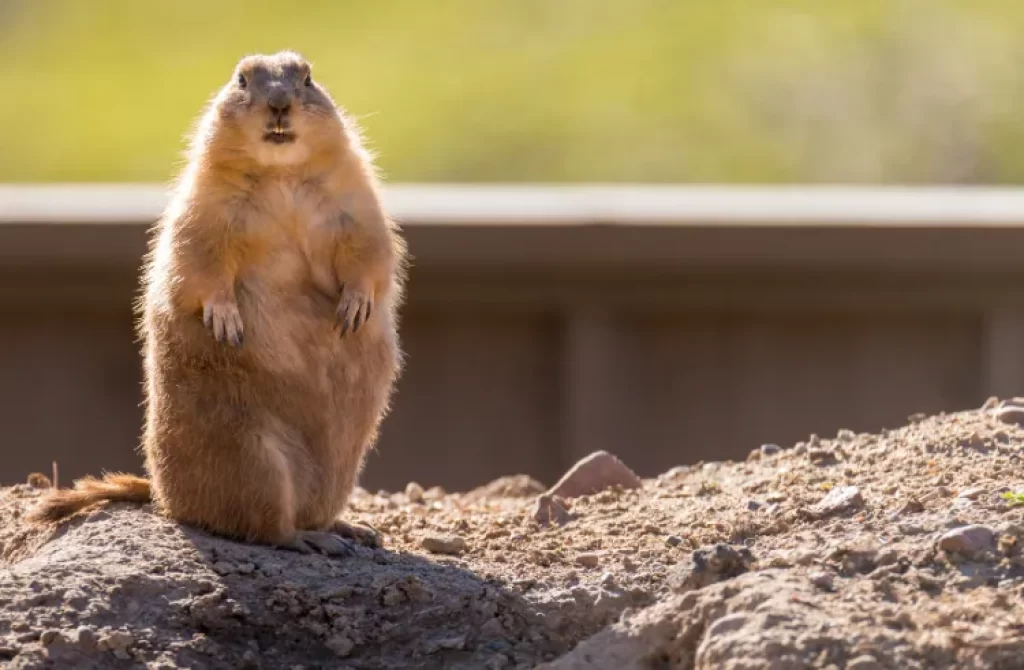
Have you ever wondered if groundhogs like to eat peanuts? Well, it turns out that groundhogs do have a sweet tooth for nuts! But just like us humans, they need to watch their nut intake.
Groundhogs are natural foragers, and they love to snack on a variety of plants, fruits, and vegetables. But sometimes they can also be found munching on nuts, such as walnuts, pecans, and almonds.
However, it’s important to note that groundhogs should not rely on nuts as their main source of food, as they don’t provide all the essential nutrients that they need.
When it comes to peanuts, groundhogs may eat them if they’re readily available, but they’re not a natural part of their diet.
Plus, too many peanuts can be bad for their health, just like too much junk food can be bad for us. In fact, feeding groundhogs large quantities of peanuts or other nuts that are high in fat can lead to obesity or other health problems.
So, if you want to treat your local groundhog to some nuts, make sure to do it in moderation. Offer them small amounts of nuts like walnuts, pecans, or almonds as a special snack.
These nuts are a good source of protein and healthy fats, and can provide some nutritional benefits to groundhogs. Just be sure to avoid nuts that are high in salt or other additives that can be dangerous for groundhogs.
Groundhogs are like us in their love for tasty treats, but it’s important to feed them in moderation and as part of a balanced diet. Let’s help our furry friends stay healthy and happy! 🤭
What Do Groundhogs Like to Eat?
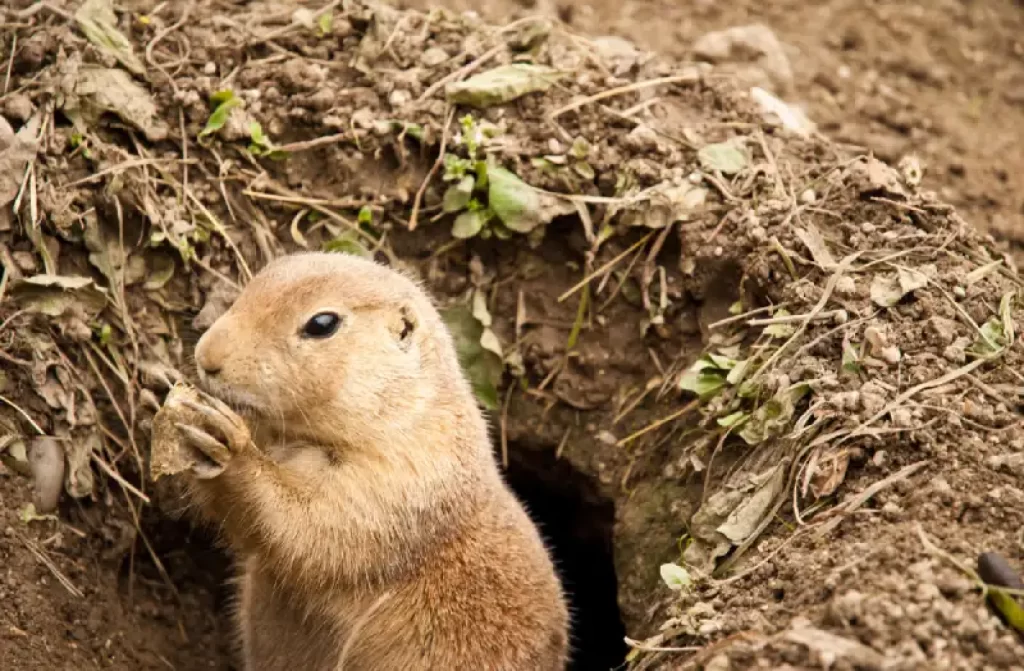
If you’re curious about what groundhogs like to eat, the answer is simple: plants! As herbivores, groundhogs primarily eat vegetation, and they have a special fondness for certain types of plants.
Grasses are a staple in a groundhog’s diet, and they can often be found grazing on a variety of grasses, such as clover, timothy, and bluegrass. They also enjoy munching on leaves from trees and shrubs, like maple leaves, raspberry leaves, and dandelion greens.
When it comes to flowers, groundhogs have their favorites too. They enjoy snacking on the petals and leaves of wildflowers, such as violets, asters, and black-eyed susans. And if they come across a vegetable garden, they won’t hesitate to indulge in some fresh produce, like lettuce, beans, and peas.
While groundhogs have a taste for certain types of plants, it’s important to note that they still need a diverse diet to stay healthy.
Just like us, they need a variety of nutrients to keep their bodies in good shape. So, it’s best to provide a mix of different vegetation and avoid relying on just one type of plant.
Can Groundhogs Eat Fruit?
If you’re thinking about feeding fruit to your pet groundhog, you might be wondering which fruits are safe for them to eat. Fortunately, there are many fruits that groundhogs can enjoy as part of their diet.
One of the most popular fruits for groundhogs is apples. They love to nibble on the flesh and skin of this juicy fruit. Other fruits that groundhogs enjoy include pears, peaches, grapes, and strawberries. These fruits are all great sources of vitamins and minerals that can help keep your furry friend healthy.
But what about more exotic fruits, like watermelon or bananas? The good news is that groundhogs can eat these fruits too! Watermelon is a refreshing treat that’s high in water content, making it a great choice on a hot summer day.
Bananas are also a favorite among groundhogs, but it’s important to note that they should be given in moderation due to their high sugar content.
It’s important to keep in mind that fruit should only make up a small portion of a groundhog’s diet. While it’s okay to offer fruit as a treat from time to time, the bulk of their diet should come from vegetation. And as with any new food, it’s best to introduce fruit slowly and in small quantities to avoid upsetting your groundhog’s digestive system.
What Can You Feed a Groundhog?
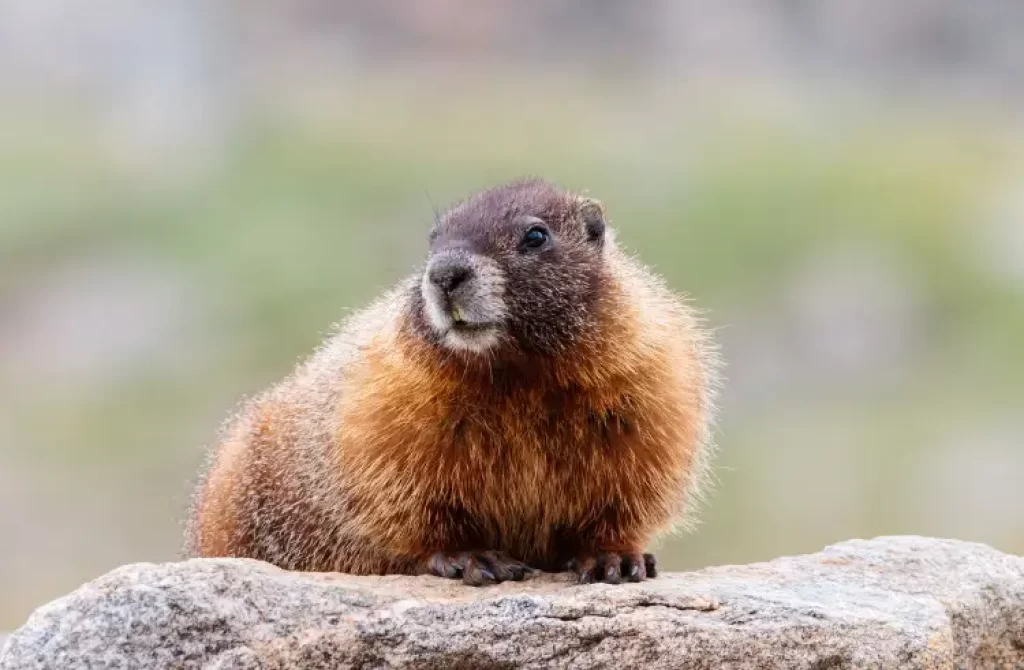
Groundhogs are herbivores, which means they mainly eat plants, fruits, and vegetables. Here are some foods that you can feed a groundhog:
Leafy greens
Leafy greens are a great source of nutrients for groundhogs, and they enjoy a variety of different types. In addition to spinach, lettuce, and kale, groundhogs also like collard greens, mustard greens, and dandelion greens.
These greens are high in fiber, vitamins, and minerals, which are important for maintaining the health of the groundhog’s digestive system and overall well-being. It’s best to offer a mix of different greens to provide a varied diet for the groundhog.
When feeding leafy greens, it’s important to wash them thoroughly to remove any dirt or pesticides.
Fruits and vegetables
Fruits and vegetables are an essential part of a groundhog’s diet as they provide essential vitamins and minerals.
Groundhogs enjoy a wide variety of fruits and vegetables, including apples, carrots, broccoli, strawberries, blueberries, raspberries, and watermelon. Other favorites include pears, peaches, grapes, bananas, cucumbers, and sweet potatoes.
When feeding fruits and vegetables to groundhogs, it’s important to chop them into small pieces to make them easier to eat and digest. Additionally, it’s best to avoid feeding them citrus fruits, as they can cause digestive problems.
It’s important to remember that while fruits and vegetables are a great addition to a groundhog’s diet, they should not make up the majority of their food.Hay and grasses
You can also provide groundhogs with hay or fresh grasses, which can help keep their digestive system healthy.
Nuts and seeds
Nuts and seeds are a great source of protein and healthy fats, and groundhogs enjoy snacking on them. However, they should be given in moderation as they are high in fat and can cause health problems if overfed. Some examples of nuts that groundhogs enjoy include walnuts, pecans, almonds, and hazelnuts.
When feeding nuts to groundhogs, it’s important to avoid salted or seasoned nuts, as they can be harmful to their health. Seeds such as pumpkin seeds, sunflower seeds, and sesame seeds can also be given to groundhogs as a treat in small amounts.
However, seeds should also be given in moderation, as they are high in fat and can cause digestive problems if overfed. It’s important to remember that while nuts and seeds are a tasty treat for groundhogs, they should not make up a significant portion of their diet.
Commercial rodent food
Commercial rodent food can be a convenient option if you are unable to provide fresh fruits and vegetables to groundhogs. These foods are specifically designed to provide the necessary nutrients for rodents, including groundhogs. When choosing a commercial rodent food, look for one that is high in fiber and low in fat.
It’s important to note that commercial rodent food should not be the sole source of nutrition for groundhogs, as they also require a varied diet of fruits, vegetables, nuts, and seeds. Additionally, it’s important to check the expiration date on the food to ensure that it’s still fresh and nutritious.
While commercial rodent food can be a good option for providing nutrition, it’s always best to offer a variety of fresh foods to ensure that groundhogs have a balanced diet.
Do Groundhogs Eat Bread and Cat Food?
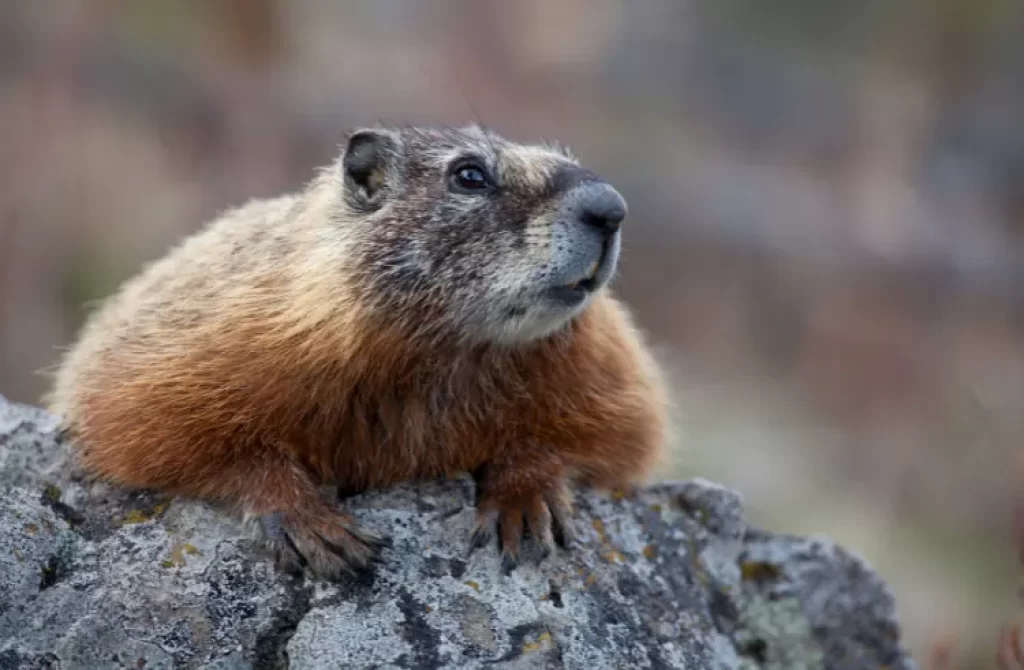
Yes, it is generally not recommended to feed groundhogs bread and cat food. While groundhogs are omnivorous and can eat a variety of foods, these types of processed and high-carbohydrate foods are not a natural part of their diet and can cause health issues if fed in excess.
Bread, in particular, has little nutritional value for groundhogs and can lead to weight gain, digestive issues, and dental problems. Similarly, cat food is formulated for the specific nutritional needs of cats and can be too high in protein and fat for groundhogs.
Instead, it’s best to provide groundhogs with a diet of fresh fruits and vegetables, as well as hay and grass. Some good options include leafy greens like kale and spinach, carrots, sweet potatoes, and apples.
If you do want to offer your furry friend a treat, try giving them small amounts of nuts or seeds, such as sunflower seeds or almonds. These can be a tasty and healthy addition to their diet in moderation.
Remember to always consult with a veterinarian or wildlife expert before making any significant changes to a groundhog’s diet or feeding habits.
Do Groundhogs Like Certain Foods More Than Others?
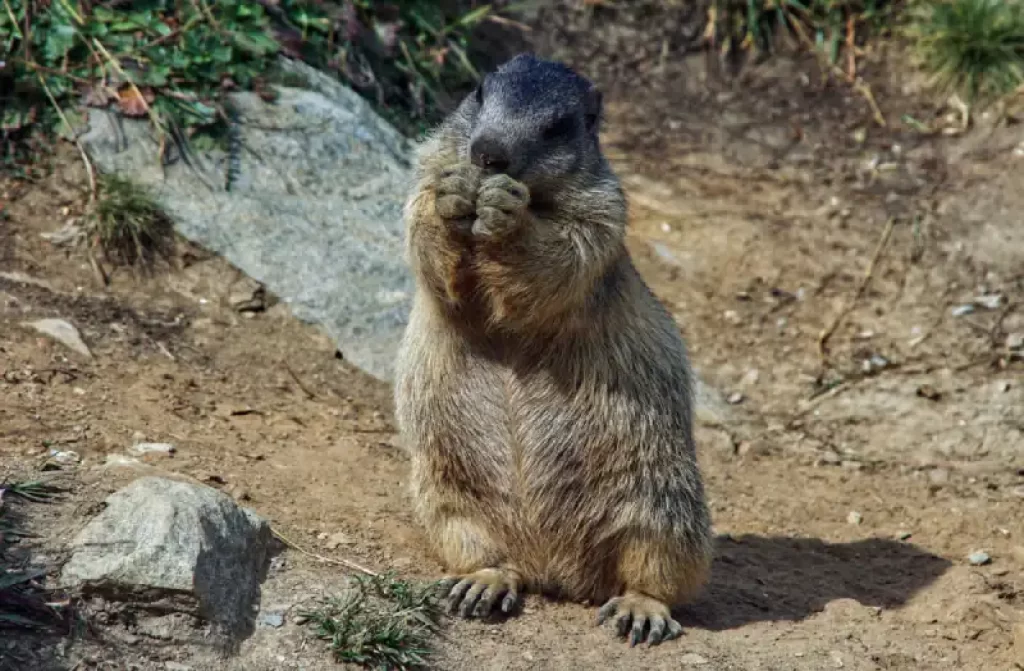
Groundhogs, like many animals, have individual tastes and preferences when it comes to food. While they have a general diet of plant-based foods, they may have specific preferences within that diet. For example, some groundhogs may prefer certain types of grasses or flowers over others.
When it comes to nuts, groundhogs may enjoy a variety of options including peanuts, almonds, and walnuts. They may also have a preference for fruits such as watermelon and bananas.
However, it’s important to note that while groundhogs may have preferences, it’s essential to provide them with a balanced and nutritious diet.
Feeding them too much of one type of food can lead to nutritional imbalances and health problems. It’s best to offer a variety of fruits, vegetables, and nuts in moderation as part of a well-rounded diet.
Can Groundhogs Eat Peanut Butter?
Groundhogs can technically eat peanut butter, but it should be given in moderation and with caution. Peanut butter is not a natural food for groundhogs and should not be a staple of their diet.
It is important to choose a natural, unsalted peanut butter that does not contain any added sugar or artificial sweeteners. Groundhogs have sensitive digestive systems and may have trouble digesting these added ingredients.
Additionally, peanut butter should never be used as a substitute for their natural diet, as it lacks the essential nutrients they need to thrive.
If you choose to feed peanut butter to a groundhog, it should be given in small amounts as a treat, rather than as a regular part of their diet. You can spread a thin layer of peanut butter on a piece of fruit or vegetable, or even on a small piece of bread or cracker.
However, it is important not to overfeed them or give them too much at once, as this can lead to digestive issues or other health problems.
Overall, while groundhogs can eat peanut butter, it should be given in moderation and with careful consideration of their overall dietary needs.
What Do Groundhogs Drink?
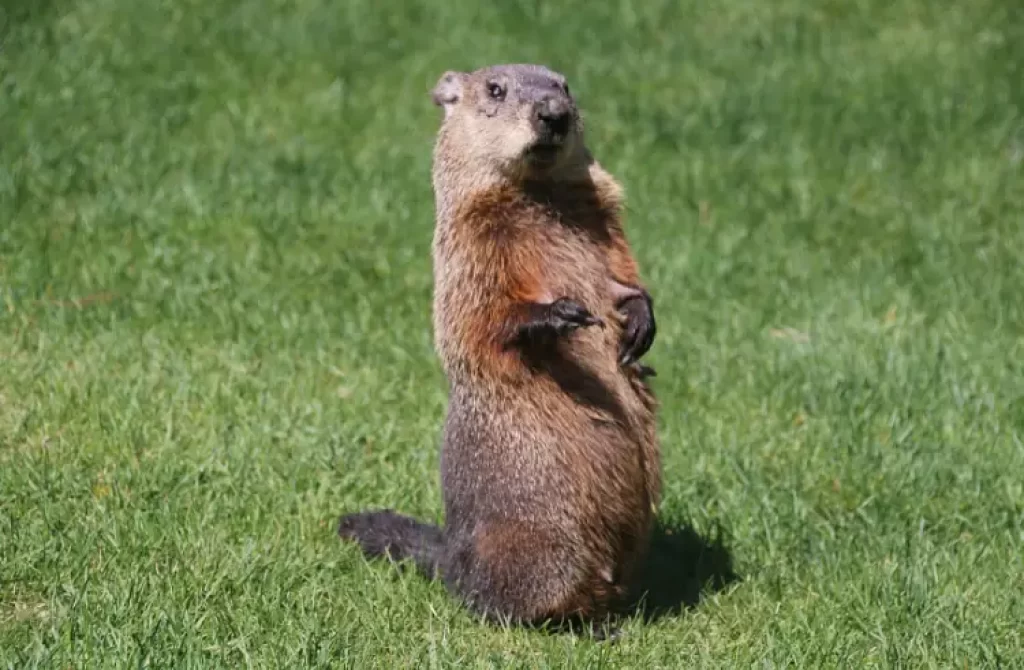
Groundhogs primarily drink water in the wild, which they obtain from sources such as streams, ponds, and rainwater. In captivity, groundhogs can also drink from a water dish that is provided by their caretakers.
It’s important to make sure that the water dish is kept clean and filled with fresh water regularly to ensure the groundhog has access to safe and healthy drinking water.
When setting up a water source for a groundhog, it’s important to consider the location and accessibility.
The water dish should be placed in an area that is easily accessible for the groundhog, but also far enough away from the food area to prevent contamination.
The dish should also be cleaned daily to prevent the growth of harmful bacteria. Groundhogs prefer to drink from a shallow dish, so make sure to choose a dish that is wide and not too deep.
In addition to providing a water dish, it’s important to make sure the groundhog has access to fresh water outside of the dish as well.
This can be done by setting up a small rainwater collection system or by using a drip irrigation system to provide a steady supply of water to nearby plants.
Providing a natural source of water in this way can also help attract groundhogs to your garden, as they will be more likely to stick around if they have access to a consistent water source.
Final thoughts
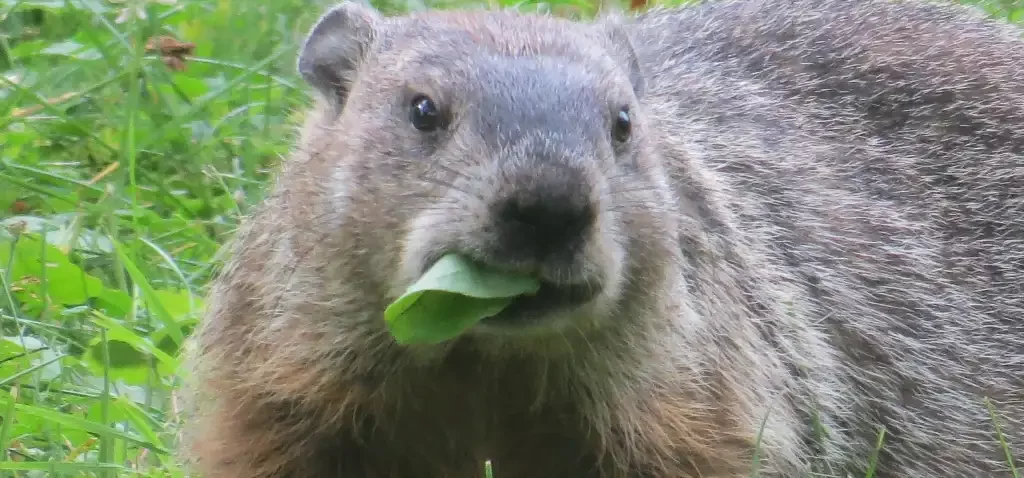
It is important to respect the natural diet and feeding habits of groundhogs when considering feeding them. Groundhogs are herbivores and primarily consume vegetation such as grasses, leaves, and flowers, along with some fruits and nuts.
While they may occasionally eat unconventional foods such as bread and cat food, it is important to provide a balanced and healthy diet for them. Additionally, groundhogs need access to clean water for drinking.
We hope this article has provided you with valuable insights into the diet and feeding habits of groundhogs.
Remember to always respect their natural diet and feeding behaviors to ensure their health and well-being.
If you have any questions or would like to share your experiences with feeding groundhogs, please feel free to reach out.






